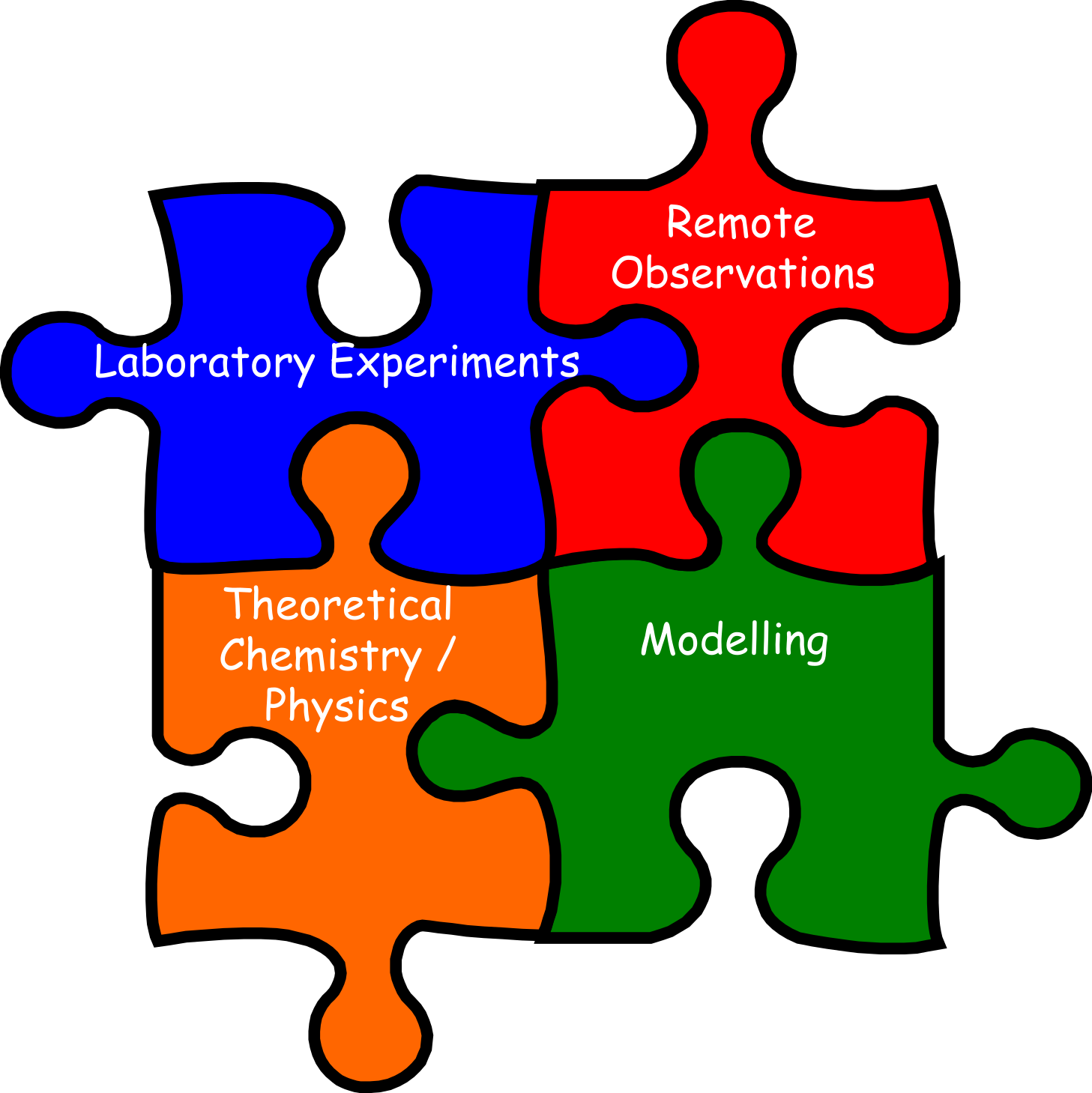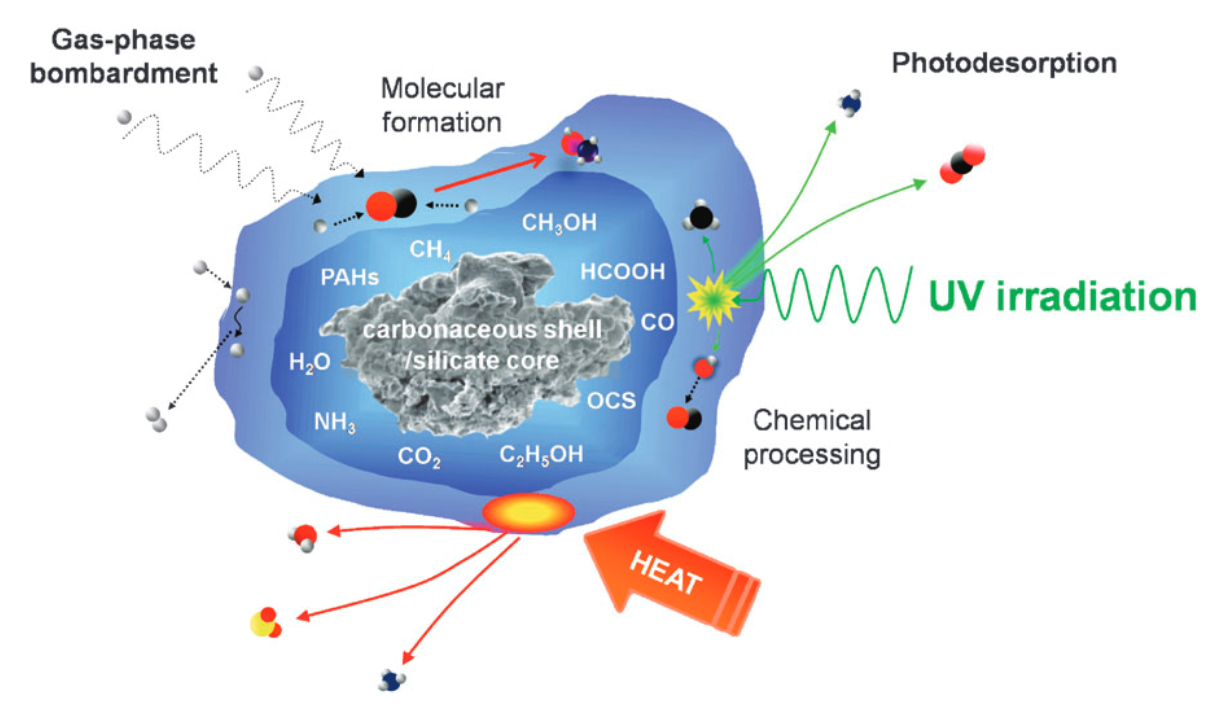Overview#
The story of stars ☀️ and planet 🌍 formation is magical and full of wonders ...
The video …
Introduction
Note
What do I need to say
- Check progress report intro
- number of exoplanets discovered Ok they are everywhere but how do they form is still a mystery
I am a Laboratory Astrophysicist , my role is to reproduce in the lab ...

Fig. 22 Astronomy discipline landscape#
Science Question
Produce some analogues of interstellar dust grains covered with ice
Help ?
If you feel lost 🤔 at this point, have a look at the following teaching pages:
Introduction
Difficulty: 🟢
Cosmic Inventory
Difficulty: 🟡
Historical Perspective
Difficulty: 🔴
Anatomy of a telescope
Difficulty: 🟣
Space Missions
Difficulty: 🟡
Space Exploration
Difficulty: 🟡
Plan
Step by step and with different level of lectures
Stars & Planet Formation#
We know that Planets forms within Protoplanetary disks (cf video above - Source), that are a by-product of star formation. However, our current understanding of HOW planets are forming is rudimentary at best, and this lack of knowledge is compounded at the very initial stages. For example it is not yet clear how interstellar nm dust grains Insert Drain review on Dust initially present in the solar nebula Insert MMSN ref, can grow by 12 orders of magnitude to many 100’s or 1000’s of km sizes of moons, comets, asteroids and planets present in a mature solar system. One of the major difficulties encountered by scientist is overcoming the Bouncing barrier present around around the cm scale.
We will - Plan
Growth & Collision Experiments#
from a cloud of µm dust grains ...

... to Solar and planetary systems


